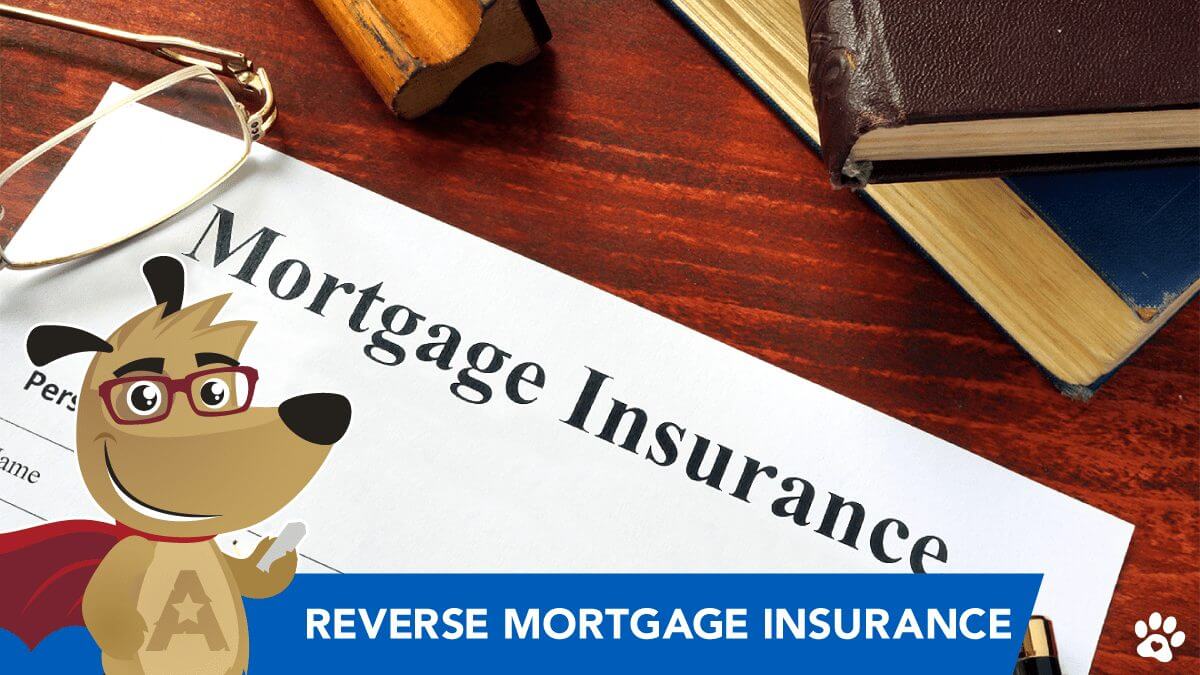Understanding the Upfront Mortgage Insurance Premium (UFMIP)
When you take out a reverse mortgage, one of the first closing costs you’ll encounter is the Upfront Mortgage Insurance Premium or UFMIP. This one-time fee amounts to 2% of either the maximum lending limit, which is currently $1,249,125, or the appraised value of your home, whichever is lower. This fee helps protect the lender and ensures the terms of your loan are guaranteed by the federal government.
Annual Mortgage Insurance Premium (MIP) Explained
With a reverse mortgage, there is an ongoing cost known as the Mortgage Insurance Premium or MIP. This fee is 0.5% of the remaining loan balance and is added to your loan amount each month. However, you don’t have to pay this fee until the entire loan is paid off.
While mortgage insurance in traditional mortgages mainly protects the lender if a borrower fails to make payments, in a reverse mortgage, this insurance offers significant benefits for you, the borrower. It ensures that you will never owe more than your home is worth when the loan is due, even if the loan balance grows larger than the home’s market value.
Weighing the Costs vs. Benefits of Reverse Mortgage Insurance
When thinking about a reverse mortgage, it’s crucial to consider how mortgage insurance impacts the process. This insurance protects you as the borrower and the lender, your heirs, and the investors who may purchase securities backed by these loans. This insurance makes the reverse mortgage program feasible and safe for all involved.
Understanding this can help you evaluate whether the benefits of a reverse mortgage, such as no required monthly payments and protected access to funds, outweigh the costs associated with the insurance premiums.
Reverse Mortgage Insurance Requirements by Loan Type
| Type of Mortgage | Description | Conditions for Mortgage Insurance | Upfront MIP | Ongoing MIP |
|---|---|---|---|---|
| HUD Reverse Mortgage | Federal Housing Administration insured loan. | Required for all loans. | Yes | Yes |
| Proprietary Reverse Mortgage | Proprietary and Jumbo reverse mortgages carry no insurance premiums | Never | No | No |
| USDA Loan | United States Department of Agriculture loan for rural homebuyers. | Required for all loans. | Yes | Yes |
| Conventional Loan | Standard home mortgage not insured by a government agency. | Typically if down payment is less than 20%. | Varies | Yes, if down payment < 20% |
| VA Loan | Department of Veterans Affairs loan for service members and veterans. | Funding fee required, no monthly MIP. | Yes (Funding Fee) | No |
Frequently Asked Questions about Reverse Mortgage Insurance
Why is there mortgage insurance on a reverse mortgage?
Mortgage insurance is required on a reverse mortgage to protect you and the lender. This insurance guarantees that you will never owe more than your home’s value. If your loan balance becomes higher than your home’s value, the insurance will cover the difference.
Who insures reverse mortgages?
The Federal Government insures the HECM reverse mortgage program through the FHA.
Do all reverse mortgage loans require mortgage insurance?
No. The HECM reverse mortgage program has mortgage insurance, but there are Non-FHA programs without mortgage insurance.
How much is the mortgage insurance premium?
In 2025, the initial mortgage insurance premium for the HECM program is 2% of the property value or max claim (whichever is less). The current max claim is $1,249,125. The annual renewal is 0.50% of the loan’s outstanding balance.
What does UFMIP stand for?
UFMIP stands for Up-Front Mortgage Insurance Premium.
If I refinance my reverse mortgage to a new reverse mortgage, do I have to pay the full 2% mortgage insurance again?
Not the first time you refinance, but it may change if you refinance more than once. The first refinance uses 2% of the property value or the HUD maximum lending limit, whichever is less. Subsequent refinances use a formula that gives credit for previous UFMIP payments.
Does mortgage insurance premium cost differ between reverse and forward mortgages?
Yes. Reverse mortgage insurance is higher because it represents a greater risk to HUD. There is no mandatory repayment date, and the loan balance grows over time. The premiums help keep the insurance fund solvent.
Can reverse mortgage insurance be reduced or eliminated if the value of your home appreciates?
No. A reverse mortgage is a non-recourse loan, meaning the lender cannot seek repayment beyond the property’s value, regardless of the loan balance.
Does reverse mortgage insurance cover any shortfalls if the home is sold for less than its value?
Yes. The insurance covers any shortfall if the home sells for less than the loan balance.
Does the mortgage insurance settle the loan upon the borrower’s death?
No. Mortgage insurance covers losses lenders might incur, not the loan itself upon death. That function is characteristic of life insurance.
Does the mortgage insurance rate remain constant for the duration of the loan, or can this percentage increase?
The rate remains constant at 0.5% of the loan’s outstanding balance. However, as your loan balance increases, the amount you accrue each month will also increase, even though the percentage stays the same.
